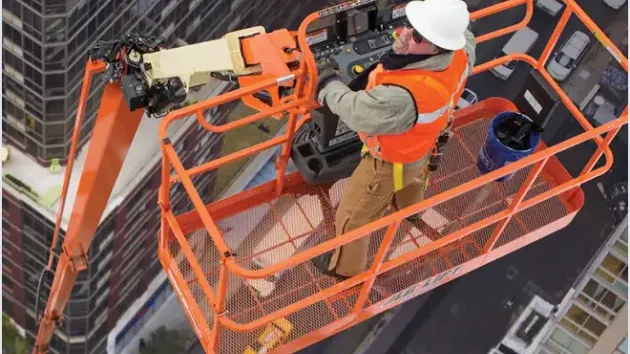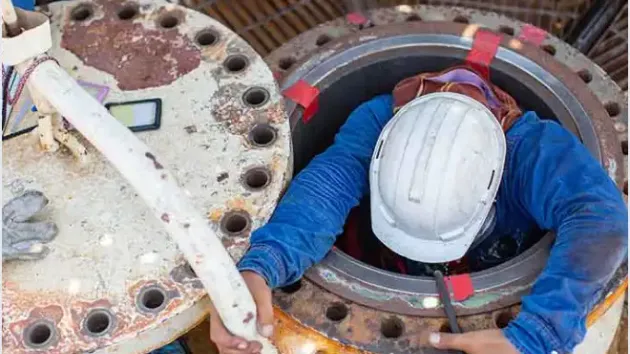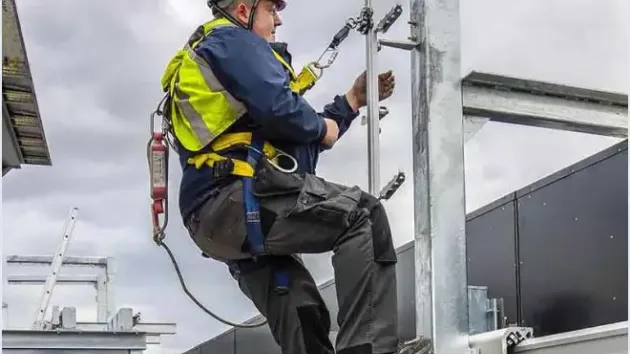Introduction
It is not uncommon for electricians to think that electrical-related accidents cannot happen to them, yet we know that most electrical accidents take place during maintenance work. Poor training, lack of appropriate supervision, and an improper risk assessment are the main culprits that lead to electrical injuries. The latter can be easily prevented with adequate safety training.Potential Hazards
The most widespread electrical work and maintenance risks are:
Falls from Height.
Electrical maintenance crews must often climb ladders in order to reach indoor control panels or circuits. In outdoor areas, technicians must work at steep heights, on aerial lifts that allow access to electrical boxes or commercial powerlines. In these instances, the slightest instability or jolt can send one falling from a dangerous distance. Such accidents can be prevented or mitigated, at the very least, with adequate fall arrest training.Confined Spaces.
Many large cities or crowded neighbourhoods have moved their outdoor powerlines underground. In such instances, electrical maintenance workers have to perform both installations and maintenance tasks in specially designed electrical manholes. The latter are tight and highly restricting underground structures that give little room for maneuvering or error.Electric Shocks, Burns, or Arcs.
Although some accidents happen due to inadvertent electrical discharges, most injuries are shown to be caused by hot circuitry. Shocks occur when electrical current passes through the human body and, at high voltages, severe skin burns will likely occur. If the current happens to pass through the worker’s head or chest, death is a distinct possibility.
Incident Prevention
Electrical installation and maintenance crews work around extremely high voltages, which is why personal protective equipment will often be of limited assistance in case of an accident. The emphasis must be placed on proper risk-assessment and safety protocols, both of which will lead to life-saving circumstances.
The general rule of thumb for electrical technicians is to first ensure that live parts are de-energized. This guarantees that there is no electrical current that can pass through the body or arch upon a nearby conductive object. Arc flashes will heat up adjacent air up to 35,000º F and instantly vaporize any metal that might be present in the equipment. Sometimes, fully locking out might not be possible at all.
With the appropriate training, workers will always conduct their work with safety in mind. Whenever technically possible, they will de-energize the circuits prior to working on them, regardless of how time-consuming the process might be. If they do have to work in proximity to hot circuits, employees will know exactly how to properly assess the risk for electrical accidents, as well as how to prepare for such tasks using appropriate equipment and safety protocols.
Recommended Safety Courses



What You Can Do to Stay Safe
Whether you’re a field engineer, electrician, or maintenance and installation technician, you have the right to be informed about the full extent of the hazards associated with your workplace. Employers are legally required to provide appropriate safety training for everyone they hire. By following the protocols described in these courses, you can avoid, as well as manage the risks associated with electrical work and maintenance.
To view a complete list of safety courses associated with electrical work and maintenance, please visit our Energy and Electricity industry page and select your occupation from the list.



